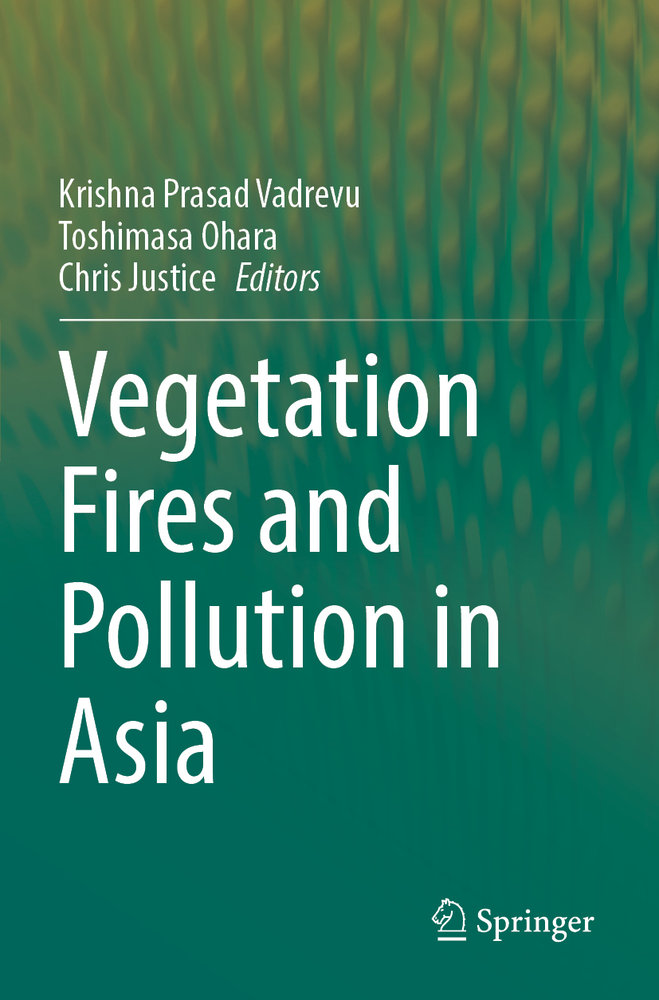Vegetation fires are prevalent in several regions of the world, including South/ Southeast Asia (S/SEA). Fire occurrence and spread are influenced by fuel type, topography, climate, weather, and lightning, among others. In S/SEA, human-initiated fires are responsible for most of the incidents in addition to natural factors. Through biomass burning, vegetation fires can emit large quantities of greenhouse gases and air pollutants such as CO2, CO, NOx, CH4, non-methane hydrocarbons, and other chemical species, including aerosols that can affect air quality and health at both local and regional scales. Moreover, biomass burning pollutants can travel long distances and impact regional climate. Therefore, quantifying vegetation fires and their impacts is critical at different spatial scales.
This book includes contributions from renowned researchers from the USA and South/ Southeast Asia on various fire-related topics. The contributions resultedfrom several international meetings and workshops organized in Asia as part of the South/ Southeast Asia Research Initiative (SARI) under the NASA Land-Cover/Land-Use Change Program. The book is divided into three sections, each containing multiple contributions: a) Mapping, Monitoring, and Modeling of Vegetation Fires, b) Greenhouse Gas Emissions and Air Pollution, and c) Air Pollution Modeling and Decision Support Systems. These sections are preceded by an introductory chapter by the editors that highlights the latest satellite-derived fire statistics and the current fire situation in S/SEA. This book will be a valuable resource for remote sensing scientists, geographers, ecologists, atmospheric, climate, environmental scientists, including policymakers, and all who wish to advance their knowledge on vegetation fires and emissions in South/Southeast Asia.



